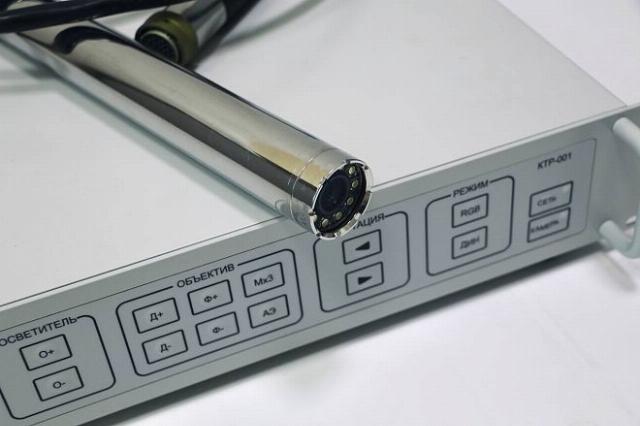We talk about the features of Rostec video monitoring systems designed to work in harsh conditions
Today, video surveillance cameras will not surprise anyone: on the streets, in banks, at entrances, on transport, in private homes — almost everywhere we are accompanied by electrical "eyes". It is believed that the Germans were the first to use remote surveillance cameras in 1942 during tests of the V-2 rocket, which was unsafe to be near. In the next decade, video cameras took to the streets of cities to control traffic and ensure order. Later, it becomes possible to record a video signal, video cameras become smaller and lighter. Since then, video surveillance systems have been actively penetrating the industry, becoming an important element of it.
Industrial video surveillance is a monitoring system that is used at production facilities to monitor work processes, equipment and infrastructure. The main tasks of such systems are control over production processes, measurement, quality control, etc.
Unlike domestic or outdoor video surveillance, industrial video surveillance is focused on working in harsh conditions such as extreme temperatures, dust, vibration and chemical exposure. Therefore, conventional video cameras are not suitable here.
Let's look at examples of how specialized cameras produced by Rostec State Corporation enterprises differ and where they are used.
To see the invisible gas
Rostec's novelty, which has not yet been launched into the series, but has already passed the first tests, is a camera for detecting methane gas leaks on gas pipelines. As you know, methane, or natural gas, indispensable in industry and households, does not have color and smell, and therefore its leakage is not so easy to detect. The task is further complicated by the scale of our country's gas distribution system with a total length of under a million kilometers − the longest in the world. And here a special chamber developed by engineers of the Central Research Institute "Electron" comes to the aid of gas workers. This enterprise is part of the holding "Roselektronika" − one of the leaders in the production of technical vision cameras.
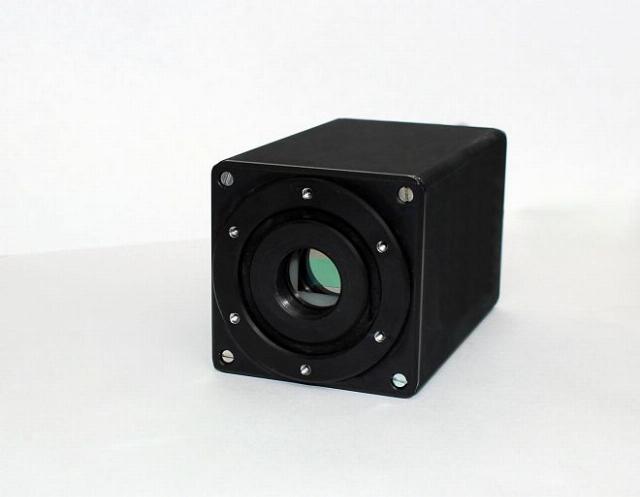 |
| An infrared camera. |
| Source: Roselektronika |
The use of infrared cameras is a new word in the work of the gas industry. How can a camera identify an elusive methane leak? The fact is that the gas absorbs infrared radiation at a specific wavelength. This radiation is detected by special optics and converted into a human-readable image in which areas of increased methane concentration stand out against the surrounding background, which allows you to clearly identify the leak site. The main advantage of this technology is that it allows you to fix a gas leak at a distance, without contact with a polluted environment. It is important to note that the camera body is sealed, and the laser illumination allows you to observe even in conditions of poor visibility, fog or precipitation.
Eyes for robots
We have already written about machine vision — the technology of obtaining images, processing them and using the data obtained to solve various kinds of applied tasks without human intervention. One of the important elements of machine vision devices are photosensitive devices that convert the energy of optical radiation into an electrical signal. Machine vision is used for production control, diagnostics, simplification of warehouse work, etc. This technology, which acts as an important element of the new generation industry, uses a variety of "organs of vision" — from the most common video cameras like street cameras to high-tech miniature devices the size of a matchbox.
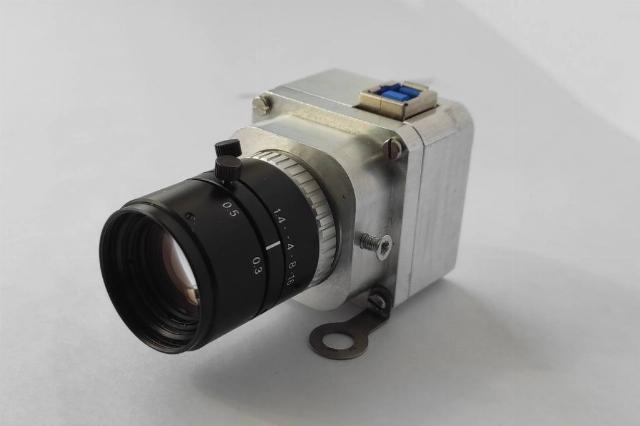 |
| Camera. |
| Source: Roselektronika |
One of these mini-cameras was developed by another enterprise of Roselectronics, NPP Pulsar. The camera, weighing only 500 g, can be integrated into almost any video system and transmit video to the server in online format with a resolution of 1280×1024. The continuous operation time of the new camera is more than 10 thousand hours.
The main feature of Rostec's new product is a domestic silicon matrix photodetector responsible for image formation. A key element of Russian production gives the "green light" to the use of the camera in those enterprises where the presence of foreign equipment is prohibited. And the scope of use of such mini-cameras is quite wide: robotic complexes, video monitoring systems, scanning and control of production processes, etc. If cameras and neural network technology are combined, it is possible to create a powerful machine vision system capable of simultaneously monitoring up to 30 parameters of the production process.
It's hot to watch
Another enterprise within Roselektronika dealing with industrial video devices, one of the oldest in the country, is the Television Research Institute. A new generation heat-resistant thermal imaging system was developed here earlier this year. Similar systems have been used in metallurgy and other fields for a long time, but thanks to the use of a new heat-resistant chamber, Rostec managed to increase the peak operating temperature of the system from 1600 to 1800 ° C. In order to function normally in such conditions, the camera is equipped with an updated air and water cooling system. The system, in addition to the camera itself, includes a thermal imager, also developed by the Research Institute of Television.
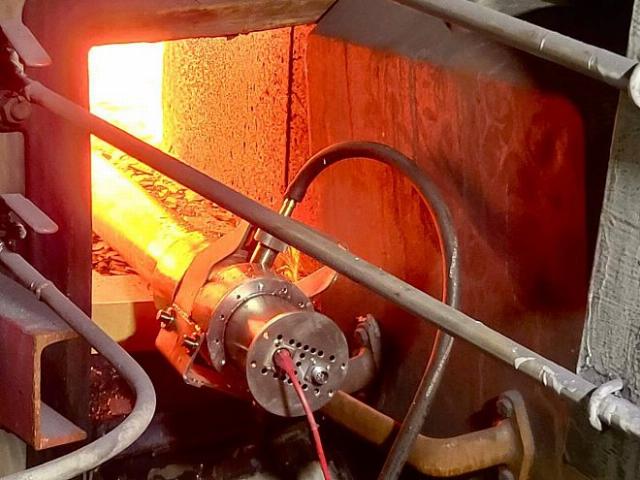 |
| Camera. |
| Source: Roselektronika |
The most common problem at enterprises of metallurgical complexes is overheating of equipment. High temperatures can compromise the integrity of the structure, this is especially important for the condition of the internal surfaces of furnaces. It is also necessary to control the process of metal melting, the flame of burners, etc. Contactless methods using cameras and thermal imagers are used to solve these problems. The latter can determine the average value and temperature difference in different parts of the object without contacting the surface. In addition to metallurgy, Rostec's heat-resistant thermal imaging system can be used in chemical and glass industries.
To look into the reactor
Nuclear reactors are another example of extreme conditions in which it is necessary to replace humans with machines. It is also necessary to monitor a large number of indicators, check the condition of the reactor buildings and internal equipment, monitor the process of fuel overload, etc. And special television systems are also used for this.
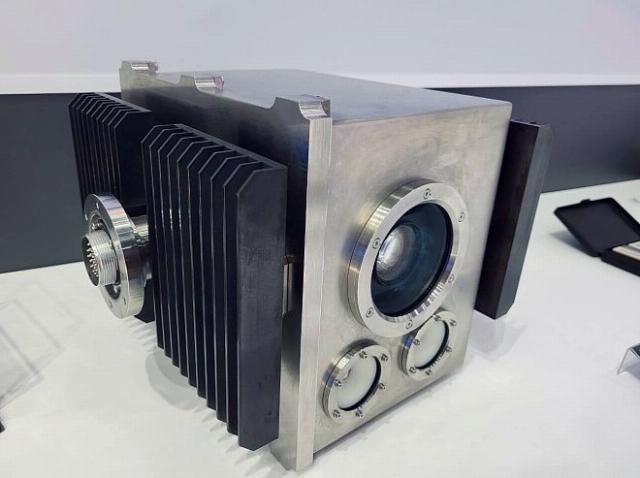 |
| Camera. |
| Source: Roselektronika |
The main challenge for video equipment developers in this case is, of course, radiation. Exposure to gamma radiation is harmful not only to living organisms - over time, lens glasses deteriorate, or rather, darken. Therefore, to work in reactors, the engineers of the Research Institute of Television have created a special radiation-resistant chamber capable of operating in air and water environments with instantaneous gamma radiation up to 2 Mrad /hour or accumulated up to 200 Mrad. The lens developed by Rostec allows you to obtain color and b/w images with a resolution of at least 1000 television lines — this is higher than in standard video surveillance systems.
By the way, such systems can be used not only in nuclear power plant reactors. There are plans to install Rostec's telecomplex on the main nuclear icebreaker Rossiya of project 10510, which will serve the Northern Sea Route. Today, the reactors of such icebreakers are equipped with conventional shipboard video surveillance systems, which quickly fail due to radiation. The new cameras will extend the life of the system, which is important for the safety of the ship.
